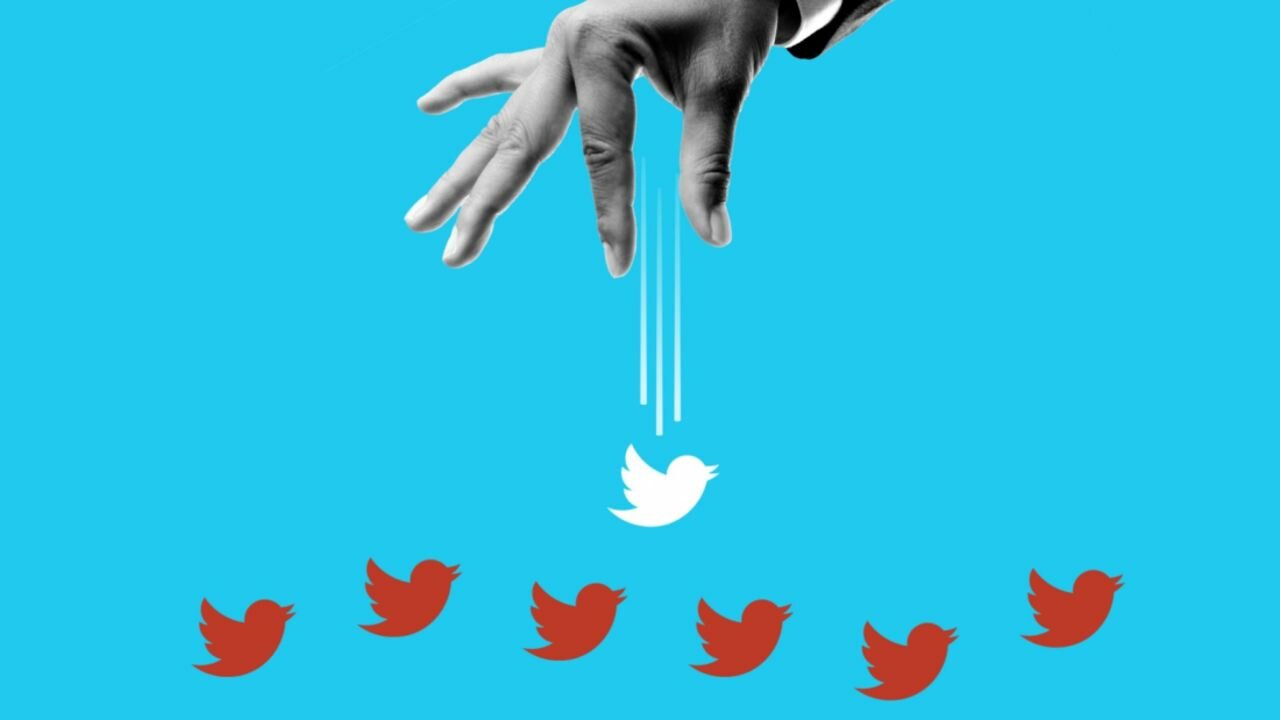Has Donald Trump’s use of social media led to an increase in extremist rhetoric?
Wider global communication has resulted in a wealth of innovation, yet it has also brought escalating extremist rhetoric alongside it. While fringe ideas grew closer to the mainstream these ideas have been spread wider and faster than ever could be imagined, especially through the use of social media. Twitter will be used as the best example of a social media platform as its often used for news that can be viewed by a large audience quickly. An example of the reach of the platform is the significant interactions around Donald Trump's tweets, regularly getting hundreds of thousands of likes and 15 thousand replies. Social Media specifically functions here due to the speed of notifications and the ability to tweet a lot quickly while being continually engaged and in the news.
Looking toward Donald Trump as a prime example is particularly useful here due to his significant unrelenting use of Twitter during his time in office. With the Tweets being confirmed as official presidential statements1 they had weight and severity attached and often came with inflammatory rhetoric. How this happened should be looked at. With their evidently being a significant base there for the rhetoric to spread towards due to the engagement.
An obvious example to consider from early on during the Trump presidency is the fact he often made reference to ‘America First’ which was a nationalistic policy advocated by the KKK. An obvious example of the Far-Right rhetoric. With it being used in his inauguration speech and alongside other nationalist arguments while setting out the policy platform. This being a long running theme as it was also utilised in the primaries2.
Furthermore, Trump’s references and closeness to stop the steal and other election denying conspiracies leading up to the presidential election point toward the increasing extremism. Pushing some groups to mainstream attention and encouraging the march on the capital and the insurrection for as long as possible. Referencing the proud boys gave a spotlight to these groups again as it spawned articles and interviews that would never have happened otherwise. In the context of that debate, it was highly circulated as most people aren’t engaging with watching a full debate. They’re more likely to be watching a few clips from the debate alongside an article breaking it down.
While the peak of this was Trump being removed from major social media platforms (Twitter, Instagram, Facebook.) only after the insurrection at the U.S. Capital for an incitement of violence. While continually still tweeting about fraud around the certification of the election results, calling to ‘fight’ on the morning of January 6th points to the spread of the rhetoric as constant. Action was only taken after the fact and when it was too late. The fact he was allowed to remain on these platforms till the last possible second points to how the rhetoric is given excess coverage and legitimacy due to the fact he was President.
There has been an evident rise in extremist rhetoric and its somewhat self-reinforcing. As Twitter has been found to have a right-wing bias in the past3. The radicalisation that would occur in viewing and supporting conspiracies and extremism isn’t as unthinkable as you’d expect. More extreme content alongside supposedly affirming evidence pointing to increased extremism makes sense. With it being further fuelled by use of social media. However, the responses after his election defeat can be considered. Does Trump’s extremist rhetoric work without the man himself?
So, in the next piece, I will consider the aftermath of Trump’s use of extremism since the insurrection. Does it work without him and how effective is it electorally?


